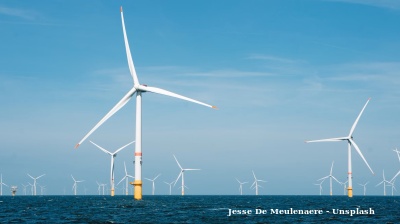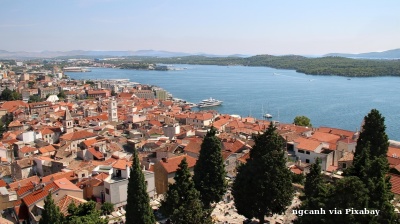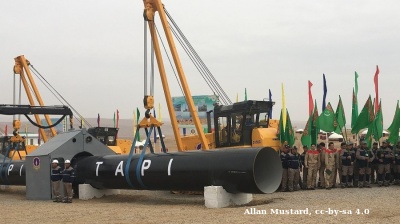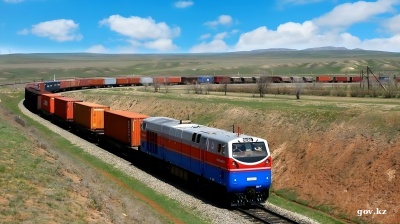Kyrgyzstan building mega dam in “very dangerous place”, says Academy of Sciences head in earthquake warning

Kyrgyzstan’s energy ministry on September 10 denied a claim from the president of the country’s National Academy of Sciences that its megaproject to build the multibillion-dollar Kambarata-1 hydroelectric power plant (HPP) is moving ahead without adequate seismic surveys.
Kanatbek Abdrakhmanov, also director of the Institute of Seismology in the Central Asian country, stated that comprehensive seismic surveys have not been carried out even though a strong earthquake could cause the structure on the Naryn River to collapse, posing a threat to other hydroelectric stations downstream that could be washed away, Azattyk reported.
However, the energy ministry responded that the construction project in central Kyrgyzstan, expected to cost around $5bn or more, has been deemed safe despite concerns about seismic activity. It said Swiss company AFRY Switzerland conducted a comprehensive study of the seismic conditions in the area, bringing in international experts and analysing a range of seismological catalogues covering the period from 1770 to 2024.
The research, according to the ministry, confirmed that the design of Kambarata-1 would withstand seismic loads. Experts, the ministry noted, advised that the HPP facility should have a curved gravity dam, which would further boost its stability.
The ministry also observed that specialists from the Institute of Seismology did not participate in the seismic study despite being invited to do so.
Moving ahead, seismic micro-zoning would be conducted at every stage of construction, the ministry added.
Azattyk reported Abdrakhmanov as telling lawmakers on a parliamentary committee that the academy of sciences submitted proposals to the energy ministry on studying the site for the construction of Kambarata-1, but was completely ignored.
He was quoted as saying: "Such large projects should have been preceded by seismic micro-zonation studies. Unfortunately, such studies were not conducted.
“This is a very bad situation. After all, this will be a very large hydroelectric power plant, and if it is later destroyed by an earthquake, the Kambarata-2 hydroelectric power plant and the entire cascade of other hydroelectric power plants downstream will be washed away.
“We wrote to the ministry twice. They responded to our first letter with a vague response, saying, ‘We are ready to conduct a seismic micro-zonation study,’ and we have not received a response to our second letter.
“As a seismologist, in my opinion, the hydroelectric power plant is being built in a very dangerous place. It is unacceptable not to conduct studies now. Therefore, we must build such large projects with an open mind."
Kyrgyzstan will almost certainly need full endorsement from the World Bank to trigger enough financing for the delivery of the giant HPP project.
Once completed, Kambarata-1 HPP is to have a capacity of 1,860 megawatts and is to produce 5.6bn kWh of electricity per year.
The energy ministry plans to more than double Kyrgyzstan’s installed power capacity from 3.9 GW to 10 GW by 2050, largely with hydro. While Kambarata-1 will provide country with the necessary energy in the short to medium term, a slew of smaller HPP projects being developed in parallel, which will cost an estimated $16bn, will provide the remaining capacity.
bneGREEN

North Macedonia's Skopje tackles mounting waste and rodent crisis
Locals say the problems in Skopje's Centar municipality worsened during the local election period when political campaigning took precedence over maintenance.

Malaysia–Vietnam offshore wind project to deliver 2,000 MW by 2034, strengthening regional green energy links
Malaysia’s upcoming offshore wind project connecting Vietnam to Peninsular Malaysia is expected to generate up to 2,000 megawatts (MW) of clean energy by 2034, marking a major step in the nation’s renewable energy expansion

EBRD invests €16.8mn in Croatia’s first large-scale battery storage and virtual power plant
Development bank to take its first equity stake in a standalone merchant storage project.

Kyrgyzstan says neighbours “upset” by country’s lack of water
“This year we were supposed to overcome shortages, but instead, they have intensified,” deputy head of cabinet tells Uzbekistan and Kazakhstan.


